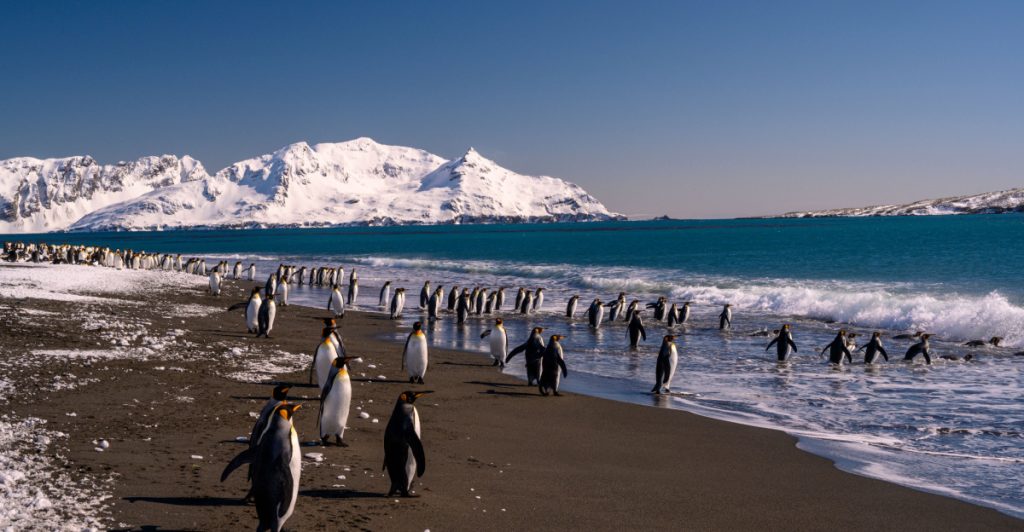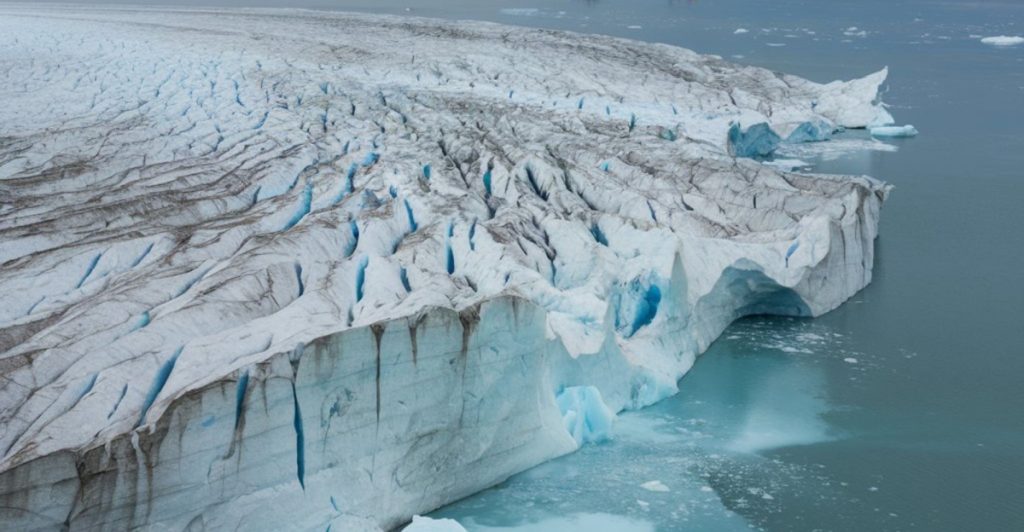The A23a iceberg, one of Earth’s most colossal frozen structures, is breaking into pieces off South Georgia Island. Its collapse could have lasting environmental effects—and scientists are warning it may only be the beginning.
Others are reading now
Deep in the South Atlantic, a massive block of ice roughly the size of a small country is breaking up near one of the world’s most important wildlife habitats. As climate scientists monitor satellite data and conservationists raise fresh concerns, the world’s attention is turning toward a remote, icy drama with global implications.
A23a Begins to Fracture
/in
Satellite images from NASA show that A23a—a 3,100 km² Antarctic iceberg—is disintegrating off the coast of South Georgia Island. The iceberg first calved from Antarctica’s Filchner-Ronne Ice Shelf in 1986, then remained grounded for decades before drifting north. It ran aground again in early 2025.
According to tech.wp, the berg has already lost over 500 square kilometers of ice since March. Scientists report large cracks and a growing belt of debris spreading from its northern edge.
Also read
“Tens of thousands of smaller ice chunks are now surrounding A23a like stars in a dark sky.”
The largest single piece to break away, named A23c, now floats independently with a surface area of roughly 130 km².
Environmental Risks to Penguin Colonies

The iceberg has come to rest just 100 kilometers from South Georgia Island—home to over two million penguins and some of the densest wildlife populations in the Southern Hemisphere.
Researchers are concerned that the presence of A23a could block access to foraging grounds, forcing penguins to travel significantly farther for food. There is also concern that meltwater from the berg could alter local salinity and temperature levels, creating cascading effects in the surrounding ecosystem.
“The sudden arrival of a massive iceberg could reshape feeding patterns, especially during sensitive breeding periods.”
A Sign of the Times
Although icebergs regularly calve and drift, the size, speed, and timing of A23a’s fragmentation has made this event notable. The iceberg’s disintegration is likely being accelerated by warmer ocean temperatures and recent storm activity.
While the full collapse could take months or even years, the damage is already visible. The iceberg’s crumbling profile is a warning, scientists say, of the broader polar transformations driven by climate change.
“This isn’t just a melting iceberg—it’s a climate event playing out in real time.”
As polar regions continue to warm, experts expect more giants like A23a to drift into sensitive ecosystems, carrying the consequences of global warming with them.



